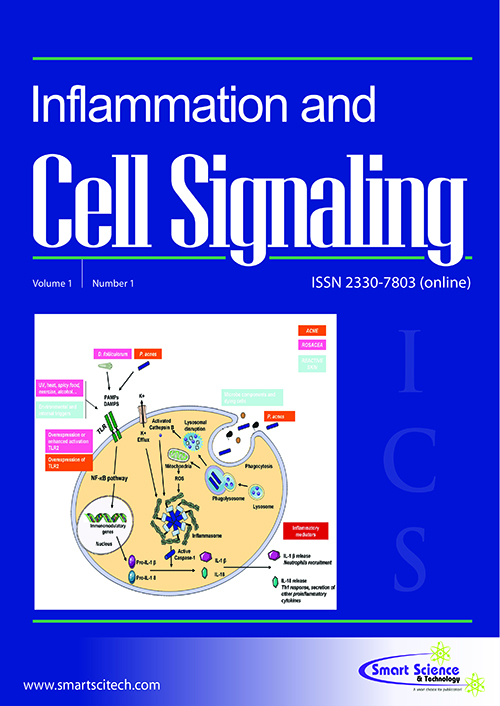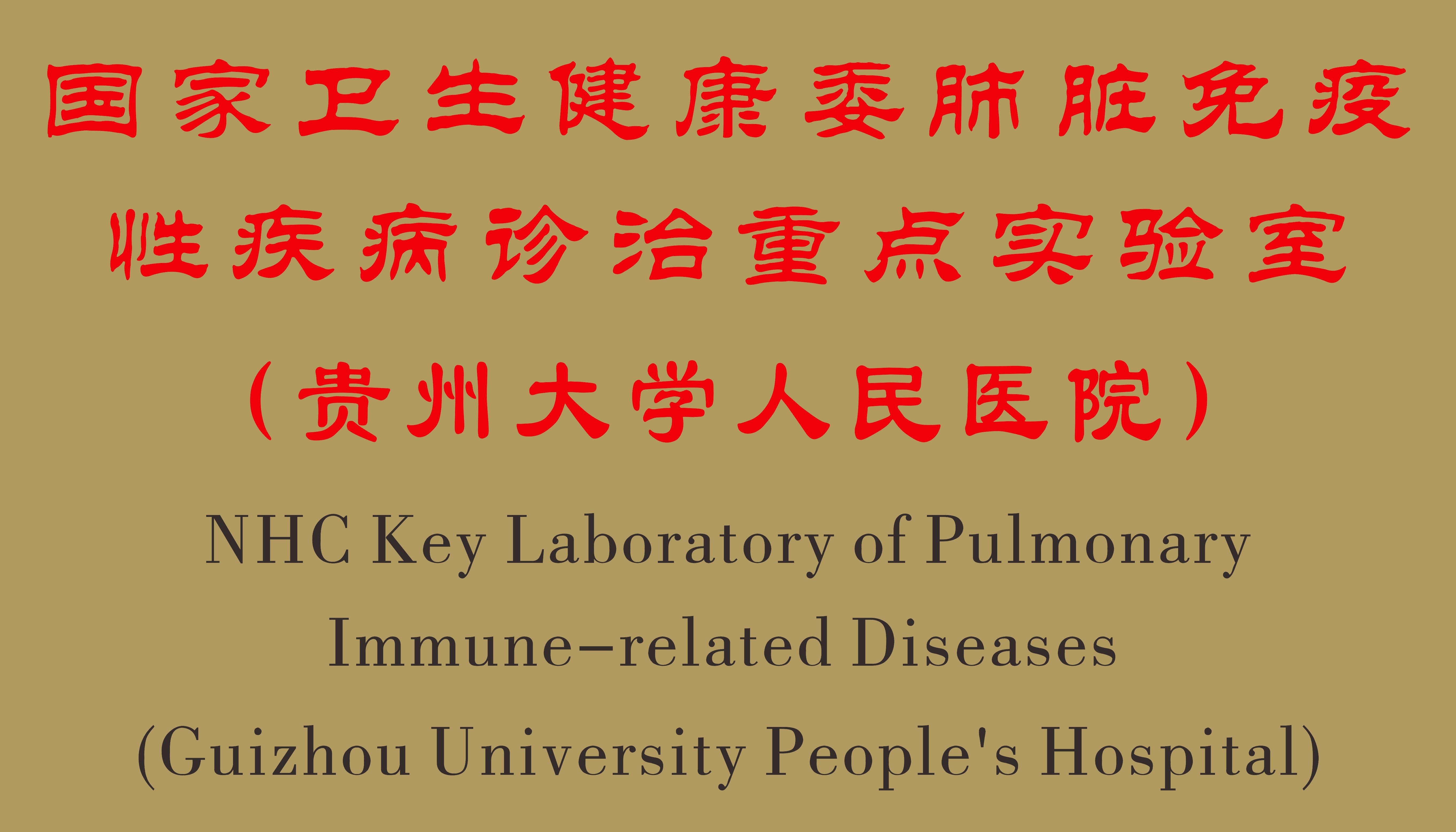Macrovesicular steatosis is associated with development of lobular inflammation and fibrosis in diet-induced non-alcoholic steatohepatitis (NASH)
DOI: 10.14800/ics.804
Abstract
Non-alcoholic steatohepatitis (NASH) is characterized by liver steatosis and lobular inflammation. It is unclear how the development of liver steatosis and the formation of inflammatory cell aggregates are related to each other. The present study investigated the longitudinal development of two forms of steatosis, micro- and macrovesicular steatosis, as well as lobular inflammation. ApoE*3Leiden.CETP (E3L.CETP) transgenic mice were fed a high-fat diet containing 1% w/w cholesterol (HFC) for 12 weeks to induce NASH. Livers were harvested in intervals of 4 weeks and analyzed by histological and biochemical techniques, as well as transcriptome and subsequent pathway analysis. Major findings were validated in independent NASH studies using other rodent models, i.e. HFD-treated C57BL/6J and LDLr?/-.Leiden mice.
In E3L.CETP mice, microvesicular steatosis was rapidly induced and reached plateau levels after already 4 weeks of HFC treatment. By contrast, macrovesicular steatosis developed more gradually and progressed over time. Lobular inflammation increased after 4 weeks with a significant further progression towards the end of the study (12 weeks). Macrovesicular, but not microvesicular, steatosis was positively correlated with the number of inflammatory aggregates. This correlation was confirmed in a milder (C57BL/6J) and a more severe (LDLr?/-.Leiden) NASH model. Furthermore, collagen staining showed onset of perihepatocellular fibrosis in E3L.CETP mice after 12 weeks of HFC treatment and transcriptome analysis substantiated the activation of pro-fibrotic pathways and genes. Macrovesicular steatosis correlated positively with liver fibrosis in LDLr-/-.Leiden mice with pronounced fibrosis. Collectively, this study shows that macrovesicular steatosis is associated with lobular inflammation and liver fibrosis in rodent models and highlights the importance of this form of steatosis in the pathogenesis of NASH.













